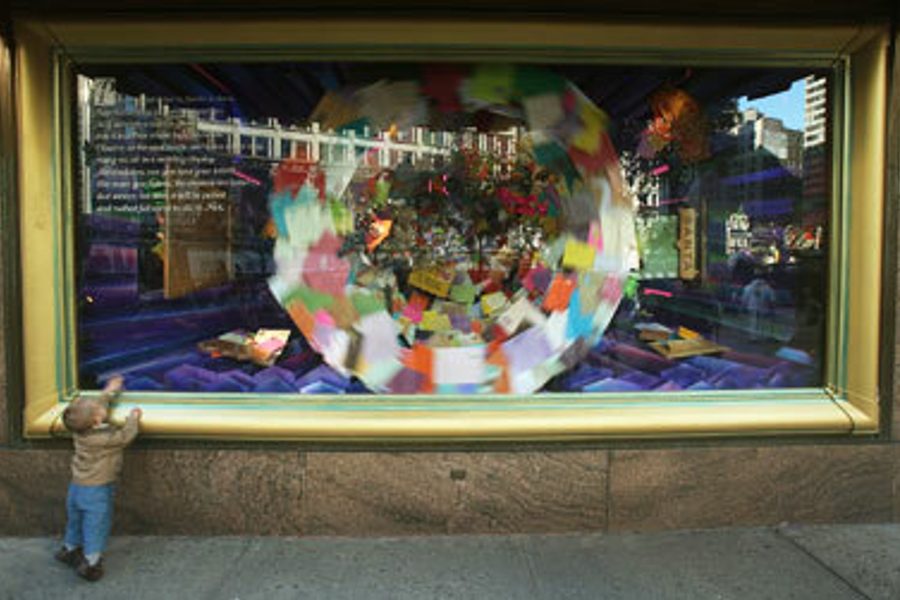
Black Friday traditionally marks the beginning of the Christmas shopping season. With so many Americans struggling to make ends meet this holiday season, deeply discounted merchandise may be more appealing than ever.
But remember last year’s annual Blitz Friday sale? It turned deadly when a 34-year-old maintenance worker was trampled to death by a mob of shoppers at a Long Island Wal-Mart. Shoppers literally took the doors off their hinges and rushed the door, crushing Jdimytai Damour under foot.
Wal-Mart was ultimately cited by OSHA for poor crowd control and fined $7,000. The company also had to pay $2 million and come up with a better crowd control plan for all its New York stores as part of a deal with the Nassau County District Attorney.
Crowd-related injuries at special sales have become more common in recent years, according to the Occupational Safety and Health Administration (OSHA), which last week issued crowd control guidelines to help retailers keep their employees and customers safe during the holiday rush.
OSHA recommends hiring professional security to manage crowds at large events.
It sounds like common sense, but some establishments evidently need reminding: A massive sale requires careful planning. OSHA says retailers planning major sales should alert the local police and the fire department, in case things get out of hand. Employees need two-way radios to communicate with each other and bullhorns to talk to the crowd. Clear and legible signs are key.
A strategic setup can prevent tragedy. Ever wonder why velvet ropes and bank lines snake back and forth? Besides packing more people in, a winding line dissipates the momentum of a pushing crowd.
“Locate shopping carts and other potential obstacles or projectiles inside the
store and away from the entrance, not in the parking lot,” OSHA suggests.







